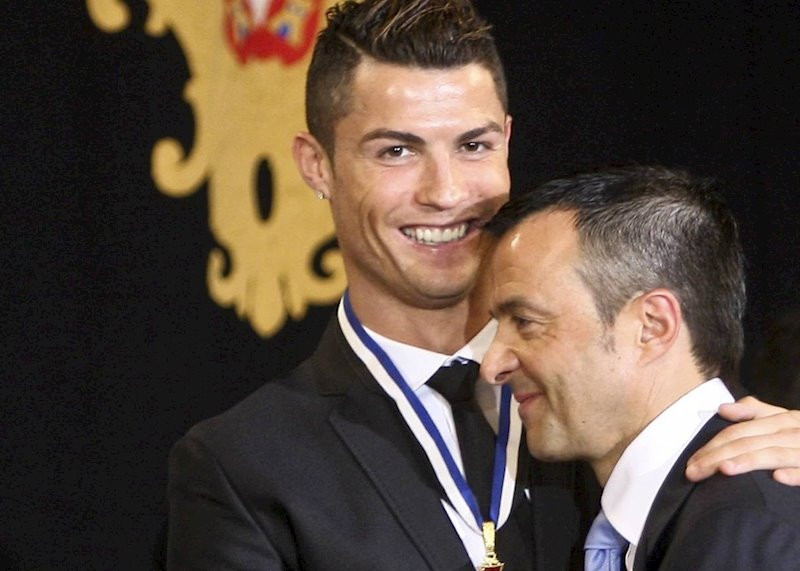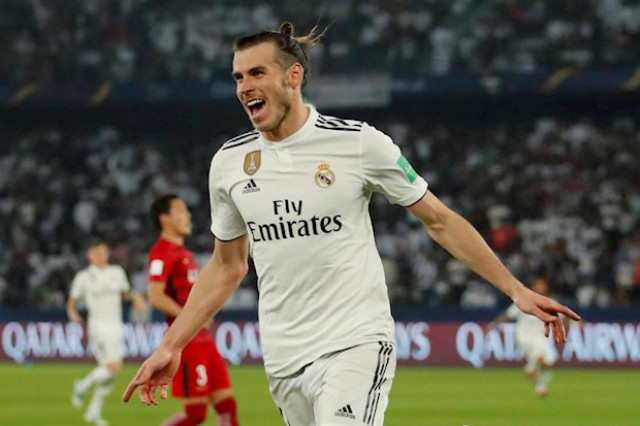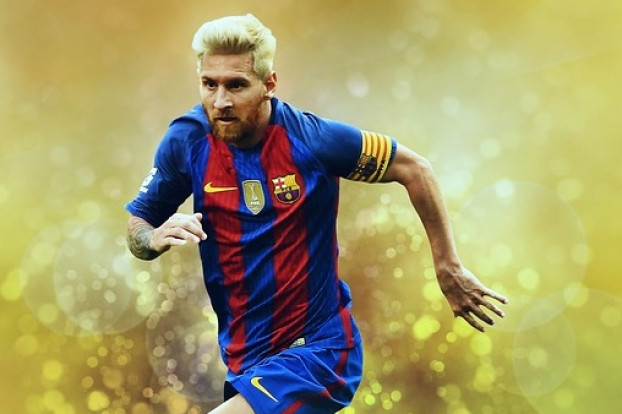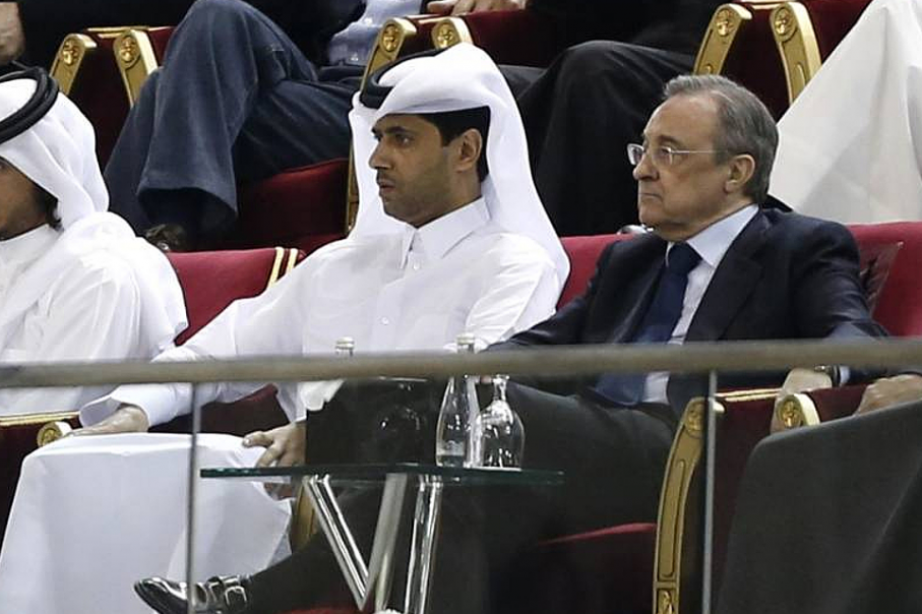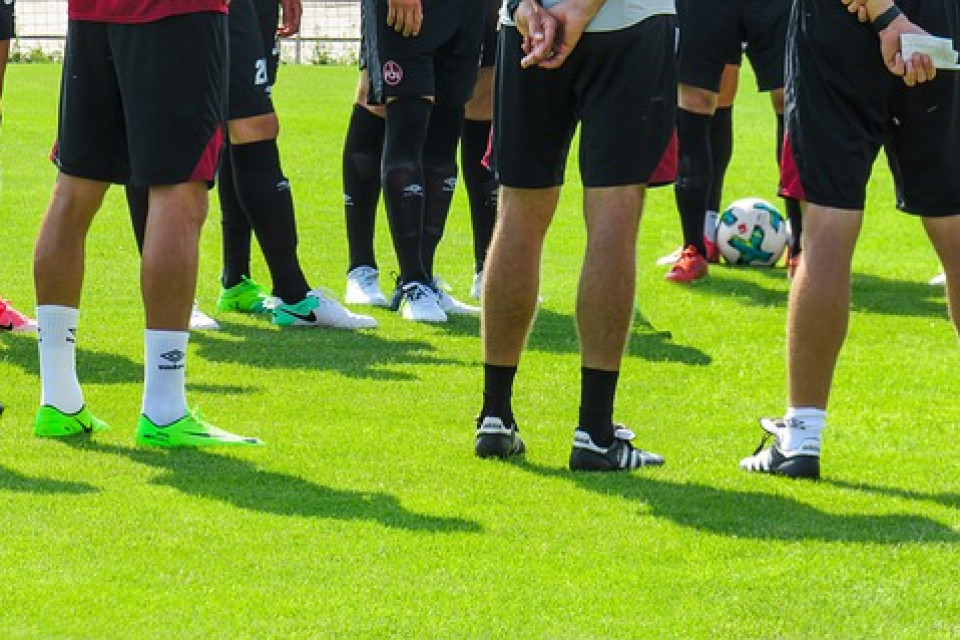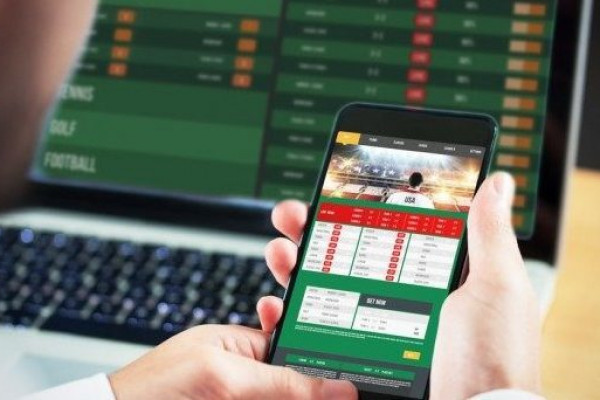Now that all the major football leagues have been designed and configured, the time has come for rest and holidays for the other major players in this whole "football circus". Because in addition to clubs, presidents, sports directors and players, the other key element in this football business is the representatives and intermediaries. The closing of the market puts an end is put to a few months of frantic activity, thousands of phone calls, hundreds of trips, extensive meetings at odd hours and in the most unexpected places in the world. Dozens of lunches and dinners with sports directors and club presidents. Moreover, all with the aim of closing the largest number of operations in which the corresponding percentage is paid. There can no doubt that the figures of representatives and intermediaries are the other big business in football.
MANUEL GARCÍA QUILÓN, GINÉS CARVAJAL, ARTURO CANALES ARE A FEW OUR FOOTBALL'S LEADING REPRESENTATIVES
It would be good idea to start by clearly distinguishing between each of these two figures: that of the representative and intermediary. We could even say that the former, in certain cases, has ended up drifting into becoming the latter. The representative, as the word suggests, can be considered as being the guardian angels of the players they represent. They abreast of everything that is happening to their player, they try to spot the club that may be a good target and, of course, they are the ones who stick up for their player when putting their economic pretensions on the table. The concept of a representative we have always been used to.
Spain currently has a wide range of representatives, although those that make up the "top ten" are becoming more clearly defined, more than anything because this figure tends to be disappearing in favour of the intermediary, about which we will talk later.
Within this select group of representatives are figures such as Manuel García Quilón, Ginés Carvajal, Iñaki Ibáñez, Arturo Canales and the Bahía group. Quilón has an extraordinary relationship with Atlético and Real Madrid. Not in vain is he the representative of the Real Madrid ex-manager, Rafael Benítez. Ginés Carvajal represents Víctor Valdés, former goalkeeper of Barcelona and Manchester United, as well as the former Barca players Rafa Alcántara and Gerard Delofeu currently an Everton player. Arturo Canales has Barça defender Gerard Piqué among his wide range of players represented.
We find Rene Ramos, brother of Sergio Ramos, in the second row. Without looking any further, this summer he was present during the entire contract extension operation of his brother Sergio Ramos, in addition to the renewal of the Madrid defender Marcelo, another player he represents. In addition, Rene has begun to work particularly the Betis and Sevilla academies, signing up players who show a promising future.
We have to add other illustrious names to this list, such as José María Orobitg, the most historically influential representative in Barcelona. He currently has two players in the first squad in Sergio Busquets and Sergi Roberto. Nevertheless, dozens of them have passed through his hands, including Pep Guardiola, whom he picked up as a player and continues to represent in him during his career on the benches. The list is quite extensive and could be completed with many other names such as the Toldrá family, former player Juanma López, Carlos Cutropía and so on.
JORGE MENDES, CURRENTLY THE MOST POWERFUL INTERMEDIARIY IN THE WORLD
But as we said a few lines back, this traditional figure of representative is tending to disappear or turn into this figure of intermediary; not so worried about the player's day-to-day so much, but they do appear every time their representee wants to move to another club or even to get two clubs to agree on the operation involving a player that they do not even represent. They are also responsible for offering players who they do not represent to those clubs where they have a good relationship with both its president and sports director. It is a mixed formula: they represent and intermediate as required.
And in this aspect, there is no doubt that the currently number one is Jorge Mendes. The list of players he represents is quite extensive, including Cristiano Ronaldo, Radamel Falcao, David De Gea, Pepe, Angel Di María, James Rodríguez and Diego Costa. It has never been better said that he is the "Cristiano Ronaldo" of representatives.
Also included in his portfolio, this Portuguese has also got two coaches the likes of José Mourinho, currently at Chelsea and Nuno Espirito Santo, Valencia coach.
This is something that is fundamental, because precisely having these trainers as representees allows him to act as an intermediary and attempt to move his players to these very same clubs, with the complicity of the coach he represents. This practice is not exclusive to Jorge Mendes - many others do it too.
Alongside Jorge Mendes we find authentic "sharks" in this intermediation work. Names like Colin Comfort, an English intermediary who works together with leading Spanish representatives when placing Spanish players in the Premier League. Another eminent name in this world is Nelio Lucas, from the Doyen Sports Investment Fund, responsible for the transfer of Angel Di María. Leon Angel and Frank Trimboli are the foremost specialists in intermediation within the English and Italian market.
THE TRANSFER OF FERNANDO LLORENTE OF JUVENTUS TO SEVILLA IS THE LATEST EXAMPLES
The best way to understand this framework is to explain it with clear-cut examples. Moreover, what better way to do it than with one of the most popular operations in the Spanish market in this summer market, none other than the transfer of Fernando Llorente from Juventus in Turin to Seville, a signing reported by Publico on August 26th past.
Precisely in this operation these two figures appear well differentiated. On one side, there is an intermediary and on the other side, the player's representative. The former's function, to put into Seville and Juventus contact and agreement to carry out the entire operation, which was carried out by the English company Base Football Agency, headquartered in London. Another of the big intermediation sharks.
The player's representative, who was in charge of drawing up the final contract, advised by the law firm that works with Llorente, was his own brother “Chus” Llorente.
Each and every one of the clauses of the contract that unites Fernando with Sevilla for the next three seasons has been approved by his brother.
REPRESENTATIVES RECEIVE 5% TO 10% NET OF THE PLAYER'S CONTRACT IN COMMISSION
Now that both figures have been well explained and differentiated between, the question that arises is: what do the representatives and intermediaries charge for these operations? Well, here there is a difference between the two characters that needs to be explained.
Although FIFA establishes approximately 3% of the final amount as the recommended amount, the truth is that representatives usually end up charging around 5% gross of the player's contract they represent or 10% net. When we think about the gross amount, the end result is about the same.
In other words, if Sergio Ramos is finally going to earn 10 million net per season, 20 gross per season, his brother René has two ways of receiving his percentage for representation. In case of receiving 10% of the net amount, we would be talking about one million Euros net. If we put it in gross terms, the amount would be the same.
The question that arises now is: who pays this amount? Traditionally, it was the clubs that were responsible for paying these amounts directly to the representatives and always outside the player's contract. Nevertheless, this is changing recently, acceding to pressure from Tax Agencies.
The Tax Authorities believe that these amounts should never be paid directly by the club but rather should be included in the salary that the player finally receives.
In fact, as PUBLICO has been able to find out, there are many Spanish football players who in the coming months could be susceptible to tax inspections derived precisely from this matter.
Inspections have arisen as a result of the numerous tax reports issued by the Tax Agency in recent years as regards players' image rights. Moreover, in some cases they have already been obliged to pay the relevant fines. The cases of Iker Casillas, Xabi Alonso, David Villa, Leo Messi, and so on are in the public domain.
Well then, in some cases these inspections that the Treasury is currently carrying out have been directed at the intermediaries' and representatives' remuneration structure. A scrutiny that could lead to new decrees and in which not only active players but also retired players who have already abandoned the professional practice of football could be involved.
The Tax Agency now defends the position that it is the responsibility of the player, and never the club, for these amounts that are paid directly to representatives. We will see how this will end up, because it could lead to significant fines.
In the English league all this is properly and perfectly regulated. In relation to the operation in question, the representative receives a maximum of 5% gross of the final contract. On top of this, the commission itself is properly regulated, in that 50% of the amount is paid by the club that signs the player and the other 50% is included in the salary of the player themselves. In addition, all this has to be officially declared to the English Football Federation.
Intermediaries' situation is quite different. They agree on an amount with the club for the operation to be carried out. Another thing is when the intermediary is also happens to be the player's own representative, and so they also agree amounts for the intermediation and the corresponding percentage that the representative has with their player.
THE CURRENT SITUATION OF THE FIFA REGULATIONS AND THE SPANISH FOOTBALL FEDERATION
We should recall that FIFA has recently changed the regulations as regards the figure of the representative, that is now called an intermediary. Previously, these “representatives” were obliged to sit a FIFA exam and, in case of passing it, they had to subscribe to a civil liability insurance as a guarantee. These exams were carried out in the different national Federations.
However, as I said before, this has changed since April 1st, 2015 and with this new regulation neither is it necessary to pass an exam nor is it mandatory to subscribe to any type of liability insurance. Nevertheless, also under this new normative reality, FIFA lets the federations that are able to act to do what they want, so long as they comply with the provisions of the new regulations.
In the case of the Spanish Federation, although it does not require having to subscribe to civil liability insurance, if does advise intermediaries to register with the FEF to do so as a measure of self-protection in carrying out their operations and transactions.
On top of this, the FEF itself advises, although this is not mandatory, to sign a kind of contract.
It is important to realise that there are currently about 600 intermediaries registered at the Spanish Football Federation. Moreover, it is a customary rule within the federation, particularly with new intermediaries, to conduct personal interviews before authorizing their registration, whether face-to-face or by videoconference. In addition to the 3% mentioned above as the percentage recommended by FIFA for the different operations, representatives and intermediaries are strictly prohibited from taking any commission in transactions involving underage players.
Each transfer and operation, as well as the percentage that intermediaries were finally granted, has to be properly regulated and the Spanish Football Federation itself has to have all the information, and it can also refuse to accept operations of intermediaries that are not officially recognized.
It is clear that if we talk about the world of intermediation, we are talking about an exciting business world operating at the highest level. Now they will have time to rest before confronting the second great moment of the year, the winter market that will start on the first day of the new year.



